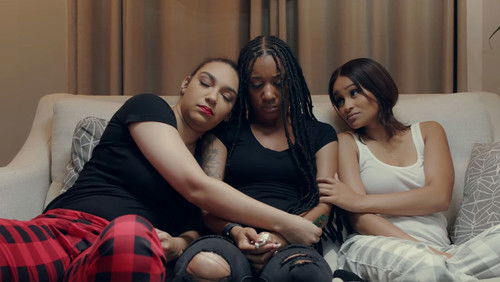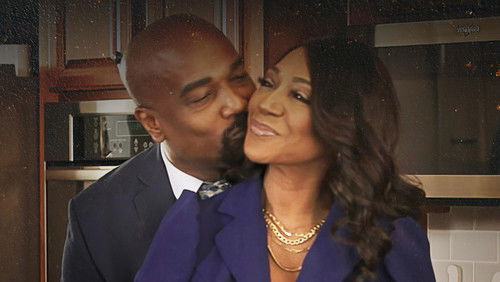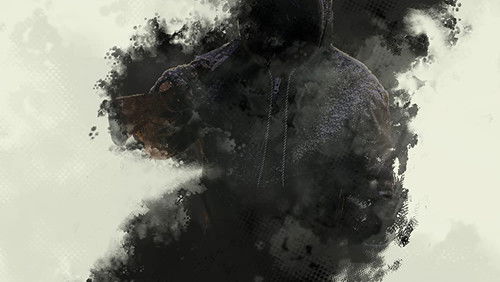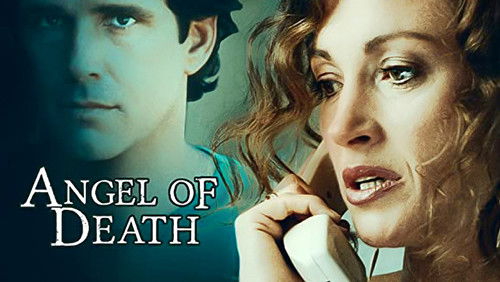Intime Fremde (2004)
9KIntime Fremde: Directed by Patrice Leconte. With Sandrine Bonnaire, Fabrice Luchini, Michel Duchaussoy, Anne Brochet. A Frenchwoman tells her marital troubles to a man she mistakes for a psychiatrist, and soon they form an unusual relationship.
“Cheyenne was one of the original three (along with Gunsmoke and The Life and Legend of Wyatt Earp) u0026#39;adultu0026#39; westerns to hit TV in the fall of 1955, kicking off a trend that would dominate all three networks for the next five or six years, until the once original concept turned to formula and all the fun went out of the genre owing to overexposure. In truth, there was no one quite like Clint Walker – to say that he was tall in the saddle is to understate the case. Like Fess Parker as Davy Crockett (on the same network, ABC) one year earlier, his huge physical stature but gentle country voice won him instant stardom and, adult western or no, the hero of every kid in America. Actually, Cheyenne wasnu0026#39;t a series in the true sense during its first season, but broadcast one out of every three weeks as part of an anthology called WARNER BROS. PRESENTS. The other two entries were Kingu0026#39;s Row with Robert Horton and Jack Kelly (soon to reappear on Wagon Train and Maverick) and Casablanca, a take off on the old Bogart movie of that name. Immediately, the ratings for Cheyenne went through the roof while the other two just sat there. By mid-season they were gone and Cheyenne was seen on reruns every week through the summer. Two things about that first season: though the show ran an hour, each episode was not a normal hour length installment (50 mins.) but between five and ten minutes less than that, owing to u0026#39;behind the scenesu0026#39; previews of upcoming WB movies. Also, this was the only season when Cheyenne had a sidekick, played by L.Q. Jones, later a regular in the Sam Peckinpah stock company. One last thing about the opening season – the episodes were far more spectacular than any to follow, as WB actually did mini remakes of big budget western films, using the stock footage from them and simply replacing whoever had starred with Clint. So the feature film Charge at Feather River with Guy Madison became West of the River with Clint. The Indian charge is identical in both. Most of us didnu0026#39;t know anything about stock footage then and were under the impression (for a while) that WB was knocking out a major league western for TV every three weeks. When Cheyenne came back in 1956, it was a full hour, no sidekick, and ran every other week, alternating with CONFLICT, mostly composed of pilots for possible future WB shows. the next year, Conflict was gone and Sugarfoot with Will Hutchins became the rotating item with Cheyenne, this western also quickly becoming a hit. The following year, Cheyenne was on the air but Clint wasnu0026#39;t. Heu0026#39;d left WB in a salary dispute. So the weirdest thing happen – Cheyenne ran with no Cheyenne in sight, rather Ty Hardin as Bronco Lane. When Walker returned the following fall, Cheyenne shifted to Monday (often, it ran weekly now) with Bronco and Sugarfoot rotating on Tuesdays. By this time, the western was playing out, so both Sugarfoot and Bronco were absorbed into Cheyenne, the package now called u0026quot;The Cheyenne Show,u0026quot; each of the three seen once every three weeks. In one episode, all three were together. Then Sugarfoot was dropped and Cheyenne and Bronco rotated. By this time, the heyday of the western was over. Warner Bros. replaced Cheyenne late in 1963 with another western, Badlands, which lasted less than half a year. And, in truth, during its final two or three seasons, Cheyenne was awfully routine, in terms of scripting, direction, etc. But that first season was a real winner, and the next two or three were strong too. Worth catching again at least those heyday episodes.”









